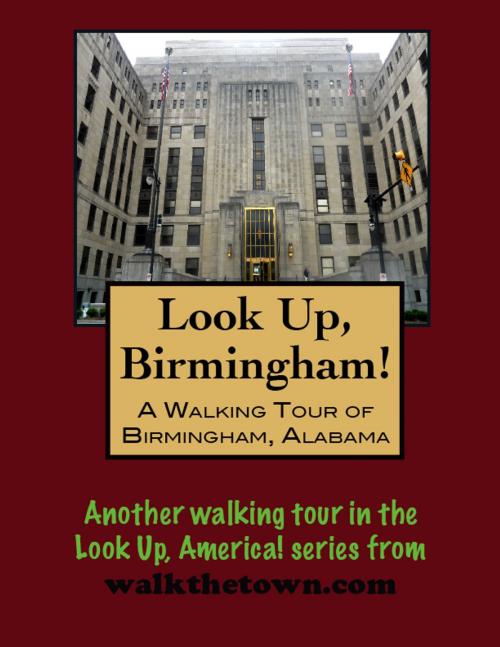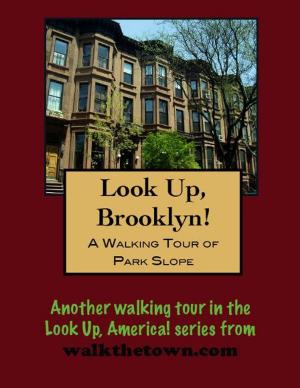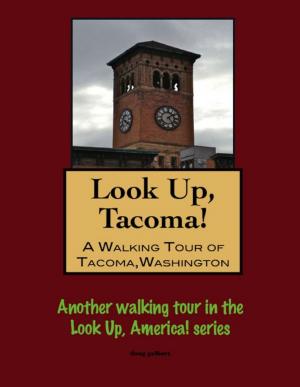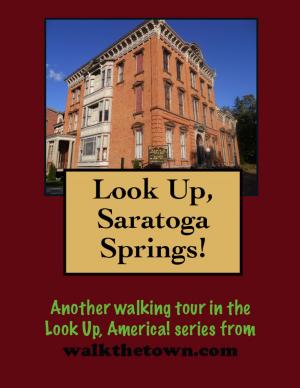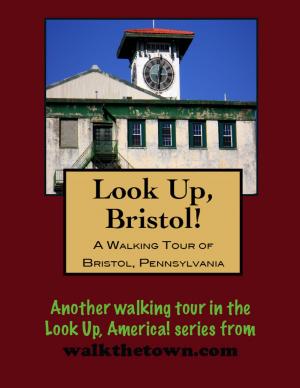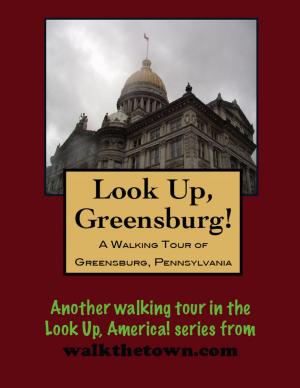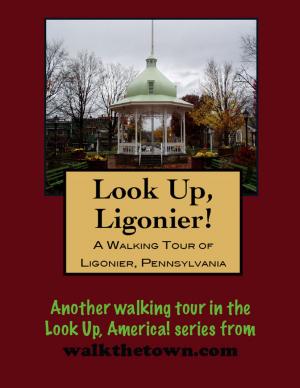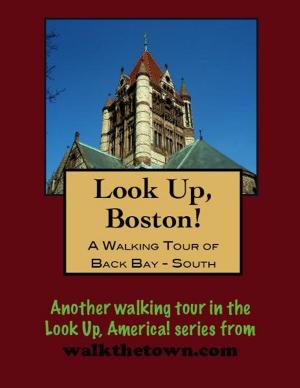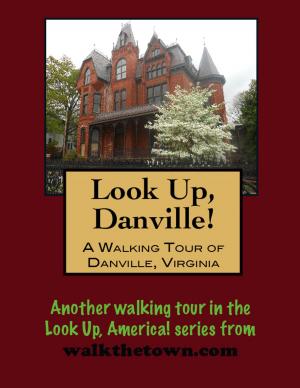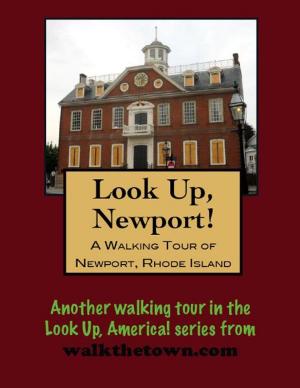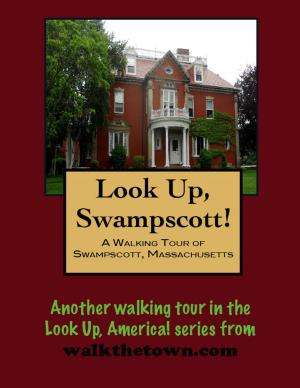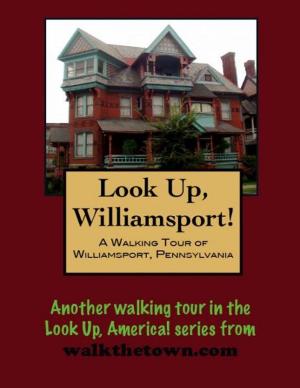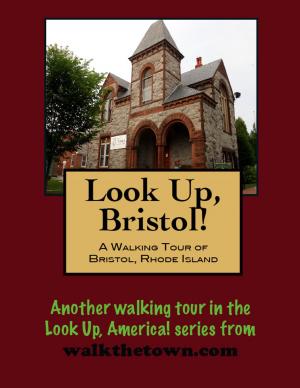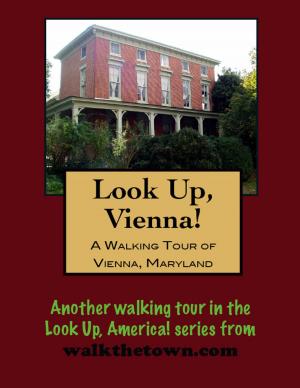| Author: | Doug Gelbert | ISBN: | 9781465794963 |
| Publisher: | Doug Gelbert | Publication: | August 6, 2011 |
| Imprint: | Smashwords Edition | Language: | English |
| Author: | Doug Gelbert |
| ISBN: | 9781465794963 |
| Publisher: | Doug Gelbert |
| Publication: | August 6, 2011 |
| Imprint: | Smashwords Edition |
| Language: | English |
There is no better way to see America than on foot. And there is no better way to appreciate what you are looking at than with a walking tour. Whether you are preparing for a road trip or just out to look at your own town in a new way, a downloadable walking tour is ready to explore when you are.
Each walking tour describes historical and architectural landmarks and provides pictures to help out when those pesky street addresses are missing. Every tour also includes a quick primer on identifying architectural styles seen on American streets.
There was nothing organic about the founding of Birmingham. No river, no deep water port, no verdant valley. In fact, the creation of the town can be traced to a specific date - June 1, 1871, when a small group of Southern planters, investors, and railroad men organized the Elyton Land Company to buy 4,150 acres of raw land in north central Alabama. Their new town would be sited at the crossing of the Alabama & Chattanooga and South & North Alabama railroads nearby known deposits of iron ore, coal, and limestone. The Elyton men were not burdened by any romantic images for their proposed town; the name they chose announced their vision for the enterprise - birmingham, after the leading industrial town in England.
Early growth was stunted right at the start by an outbreak of cholera and a national financial crisis in 1873 but the dollar signs attached to those mineral deposits insured this was going to be a town to be reckoned with. The boom hit with a vengeance in the 1880s and would continue through the Great Depression of the 1930s. In that half-century Birmingham became the industrial center of the South with steel mills and blast furnaces going full bore, railroads building in every direction and mines operating 24 hours a day. Around the country Birmingham became known as "The Magic City" or "The Pittsburgh of the South." The population grew from 3,000 to over a quarter million residents.
The Depression doused the explosive growth in the city but the decline in American manufacturing affected Birmingham less than many Northern towns. Steel production continues around the city and the financial sector blossomed into one of the nation's leading banking centers. The University of Alabama at Birmingham emerged as a major medical research facility and is now the area's leading employer.
The Birmingham streetscape mirrors its economic history almost exactly. The major commercial buildings arrived so fast and furiously in the early 1900s that one intersection was billed as "The Heaviest Corner on Earth." Then, from the 1920s until the 1960s not one significant new commercial property was developed. Our walking tour to trace this history will begin at the head of 20 Street North, Birmingham's "main street," in a shady plaza named for the man who, more than anyone else, believed in what the town could become when all anyone could see was "a poor, insignificant Southern village" not even worthy of Union attack in the Civil War...
There is no better way to see America than on foot. And there is no better way to appreciate what you are looking at than with a walking tour. Whether you are preparing for a road trip or just out to look at your own town in a new way, a downloadable walking tour is ready to explore when you are.
Each walking tour describes historical and architectural landmarks and provides pictures to help out when those pesky street addresses are missing. Every tour also includes a quick primer on identifying architectural styles seen on American streets.
There was nothing organic about the founding of Birmingham. No river, no deep water port, no verdant valley. In fact, the creation of the town can be traced to a specific date - June 1, 1871, when a small group of Southern planters, investors, and railroad men organized the Elyton Land Company to buy 4,150 acres of raw land in north central Alabama. Their new town would be sited at the crossing of the Alabama & Chattanooga and South & North Alabama railroads nearby known deposits of iron ore, coal, and limestone. The Elyton men were not burdened by any romantic images for their proposed town; the name they chose announced their vision for the enterprise - birmingham, after the leading industrial town in England.
Early growth was stunted right at the start by an outbreak of cholera and a national financial crisis in 1873 but the dollar signs attached to those mineral deposits insured this was going to be a town to be reckoned with. The boom hit with a vengeance in the 1880s and would continue through the Great Depression of the 1930s. In that half-century Birmingham became the industrial center of the South with steel mills and blast furnaces going full bore, railroads building in every direction and mines operating 24 hours a day. Around the country Birmingham became known as "The Magic City" or "The Pittsburgh of the South." The population grew from 3,000 to over a quarter million residents.
The Depression doused the explosive growth in the city but the decline in American manufacturing affected Birmingham less than many Northern towns. Steel production continues around the city and the financial sector blossomed into one of the nation's leading banking centers. The University of Alabama at Birmingham emerged as a major medical research facility and is now the area's leading employer.
The Birmingham streetscape mirrors its economic history almost exactly. The major commercial buildings arrived so fast and furiously in the early 1900s that one intersection was billed as "The Heaviest Corner on Earth." Then, from the 1920s until the 1960s not one significant new commercial property was developed. Our walking tour to trace this history will begin at the head of 20 Street North, Birmingham's "main street," in a shady plaza named for the man who, more than anyone else, believed in what the town could become when all anyone could see was "a poor, insignificant Southern village" not even worthy of Union attack in the Civil War...
